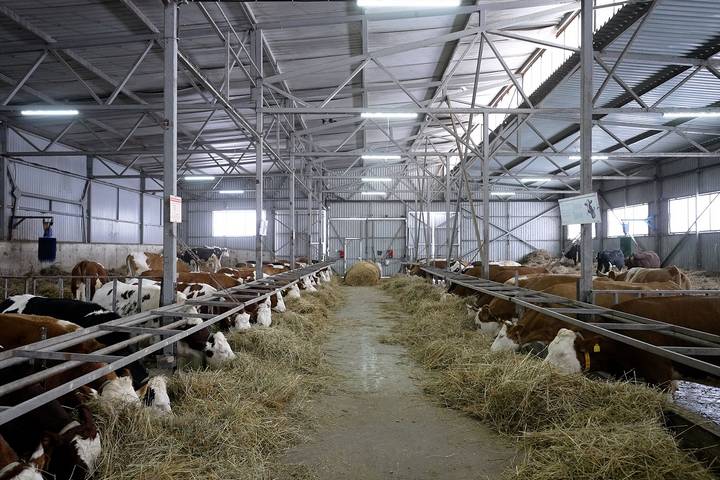
What Is Inside a Barn: Supplies and Equipment
A barn is a structure used for agriculture, housing livestock, feeds, or farm products. The building originated from the ancient European colonists, originally used as stables and sleeping quarters for herders.
The primary purpose of barns is to house livestock, animal feeds, and farm products. In ancient times, people used them for communal gatherings when the livestock was away for herding. As years proceeded, farmers attached barns to the main farmhouse for a more effortless flow of farm-related duties.
In addition, most barns are used as feeding areas for livestock, containing feeding chambers and drinking troughs. You will also find suppliers and manufacturers of farm-related goods advertising their skills by painting their ads on various barns.
The invention of the barn progressed to different parts of the world with better features, more uses, and other variations. Let’s learn more about what is inside a barn.
What Can You Find Inside a Barn?
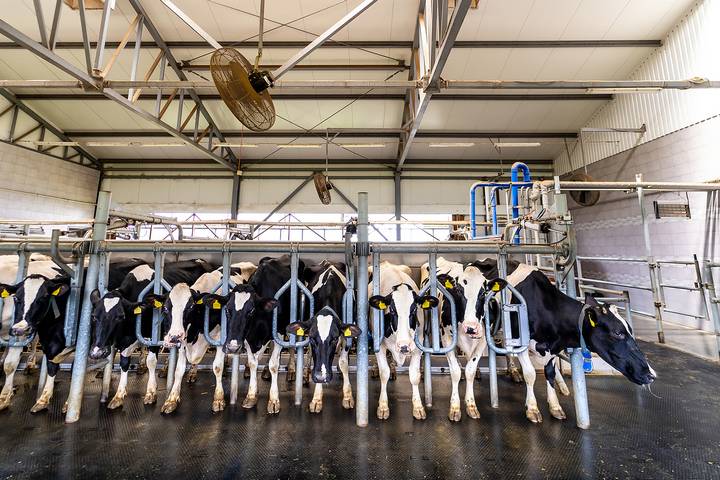
The interiors of barns house more than you can imagine serving farmers and their livestock effectively. Alongside the structure are many accessories, features, and mini-sectors with different purposes.
Understanding the interior features of a barn enables farmers to evaluate their farming needs, financial strength, and preferences. Most importantly, prioritize the quality of materials used to build the interiors for long life and excellent performance.
Here’s what you can find inside a barn:
1. Barn Curtains
A standard barn has curtains and a ventilated, portable curtain-like system for sheltering animals and products against adverse weather conditions. The barn curtain can vary in different materials, colours, thicknesses, and purposes.
2. Feed Section
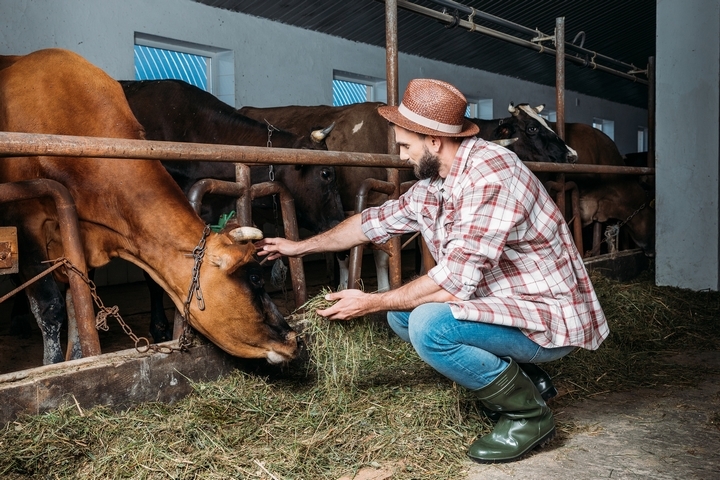
You will likely find a feed section where animal feeds such as hay are well stored, awaiting future consumption. Additionally, most barns are constructed with a drive bay, a broad corridor for machinery, farmers, and animals to walk on at the center of the structure. The driveway should be wide enough, depending on the type of animals and machinery the farmer owns.
Silo
Another crucial accessory in a barn is the silo that houses fermented animal feeds, such as foliage and hay, waiting to be provided to relevant animals. A milkhouse or section is mainly found in dairy barns as an attachment to the main structure where the milking is done and milk is stored before further supply. Most dairy farmers usually include a grain bin in the barns, typically created from wood, for feeding the animals.
3. Muck Hole
As the term suggests, barns also have a muck hole, an opening used to extract animal waste (manure) from the building without distracting the animals. Every feature and accessory is beneficial towards achieving a better farm lifestyle and performance.
4. Indoor Corrals
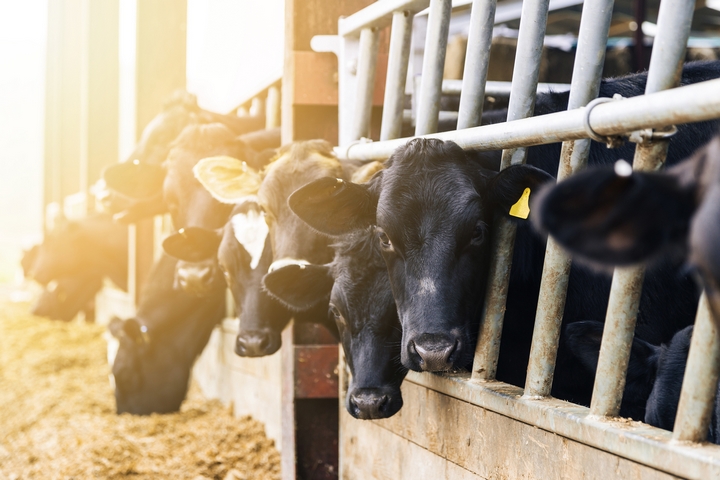
Thanks to advancing technology, experts and farmers are constructing barns with an indoor corral accompanied by a squeeze chute mainly used for offering veterinary examination and treatment to ailing animals.
5. Workshop, Ice House, Wagon Shed and Corn Crib
Other essential parts of a barn’s interior are the workshop, ice-house, wagon shed, and corn crib. The workshop area functions like typical workshops, accommodating different farm appliances, including those waiting for repair or replacement.
Farmers used the wagon shed to house sleighs and horse-shed buggies, while the corn crib was constructed to ear corn waiting for future animal consumption. Most farm animals don’t relate well with ice, and that’s where the ice house in a barn comes in.
The extra interior structure stores blocks of ice collected through gutters and other materials. Every feature and accessory is beneficial towards achieving a better farm lifestyle and performance.
Inside the Different Types of Barns
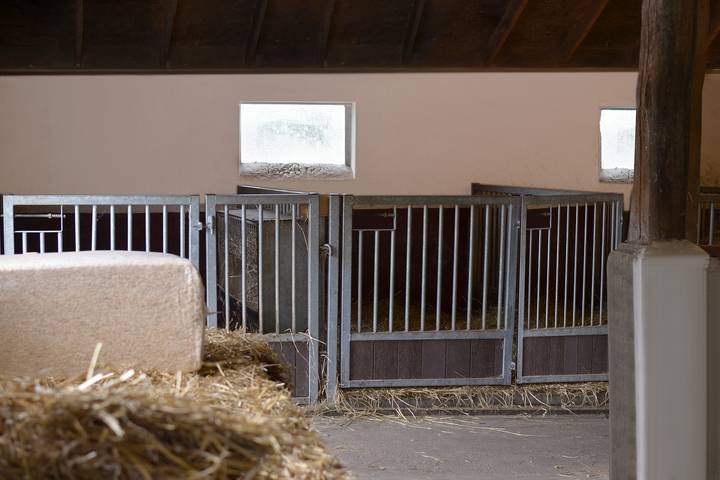
There are various types of barns, differentiated by distinct origins, styles, sizes, and materials used. The most common barns include shed row, trailside, monitor, circular, gambrel, English, banked, and pole barns.
Type #1: Shed Row Barns
Shed row barns are movable structures purchased in various parts and transported to the farmer’s premises for connection. Conversely, farmers can customize trailside barns to fit the number and size of their livestock, with adequate interior space to incorporate various features.
Type #2: Monitor Barns
A monitor barn has a large center loft compared to a shed row and trailside, with stalls on both sides and an eye-catching appearance. If your heart doesn’t love the above forms, you can confidently try English barns whose origin is ancient America. The alternative is super practical, with valuable features for nearly all farmers.
Type #3: Circular Barns
In addition, circular barns, as the name suggests, serve their purposes in a roundish style. A circular barn is the best move to stand out from the multitude.
Type #4: Pole Barns
As a farmer, you can never go wrong with a pole barn, which boasts plenty of storage spaces from its interiors for various barn accessories. The idea began in the 1930s, meaning it’s not new in the market but the best for bulk storing hay, foliage, and more.
Type #5: Gambrel Barns
Lastly, gambrel, also known as gambrel-roofed barns, offer farmers plenty of storage space thanks to their large interior spaces. They are best suited for traditional farmhouses due to their ancient appearance and features. Farmers have many options when selecting the best barns for their livestock and farming lifestyle.
